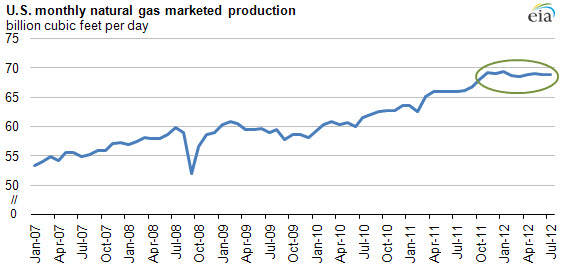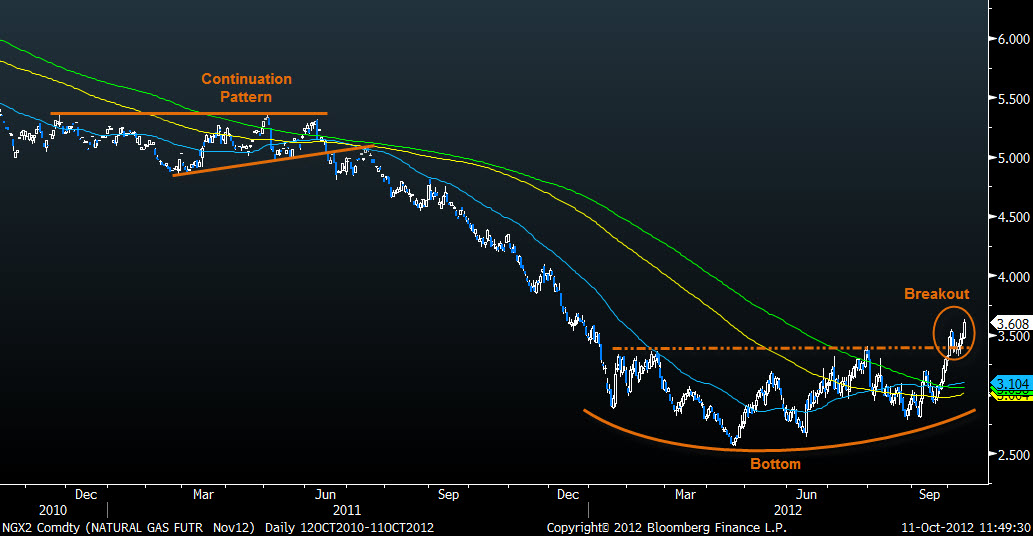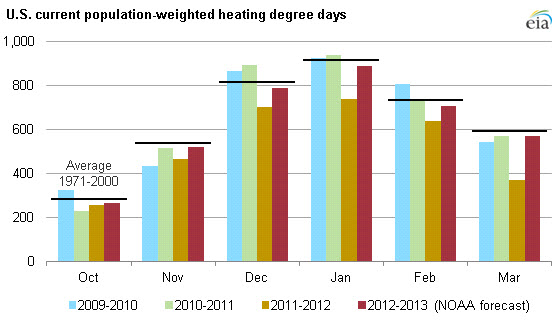The Energy sector has had its ups and downs this year, with a whole lot of down. The coal and natural gas industries have especially been hit hard this year. When natural gas hit $5 in 2011, traders wondered how it could go any lower, just before natural gas resumed its bearish trend later that year. Today, natural gas has officially established a bottom in the technical sense of the word. Whether it’s a secular bottom or just a bottom over the next several months, it will take time to answer that question. Additionally, coal stocks have found a pulse just when we all thought they were flatlining.
Natural Gas Case
The energy sector was hit hard after the first quarter over global growth concerns. The rally in the U.S. dollar mid-year didn’t help the commodity either, but since ECB President Mario Draghi announced he would defend the euro in July, the dollar has declined from 84 on the dollar index to 79 and change. Crude oil has risen from support around $80 (currently $92) and natural gas has risen from $2.30 (currently $3.60) and has formed a bottom.
Natural Gas Forms a Bottom
One of the reasons natural gas may have bottomed is due to production. Levels reported by the EIA have shown that U.S. production has leveled off in the first half of 2012. Sure enough, the price of natural gas started to stabilize at that point.

Source: U.S. Energy Information Administration
Production has leveled off because of option contract expirations. Recall that many natural gas producers had locked in supply contracts at higher prices in 2009 and 2010, but those higher priced contracts began to expire. As many producers continued to produce at full capacity regardless of a drop in market price (due to option contracts) the continued supply weighed on inventories. It has been a process, but at a price below .50 for most of this year, projects have been cut and production has been slowed. The obvious long-term issue for the price of natural gas in the U.S. is that if price rises supply can easily be turned back on as projects return to profitability.
Another issue facing natural gas prices is the easy comparison over last year’s winter usage and inventories. Recall that it was a mild winter. The E.I.A. expects the average U.S. household to use more heating fuels this winter when compared to last year’s usage. According to the E.I.A., natural gas demand is expected to be up 14%, heating oil up 17%, electricity up 8% (natural gas, nuclear, coal plants), and propane up 17% for this winter based on their Short-Term Energy and Winter Fuels Outlook, reflecting a return to normal winter conditions. As bullish as this may sound, this is not a catalyst for a new secular bull market in natural gas as the E.I.A. states that supplies are plentiful enough to meet demand this winter.
Coal Case
Coal prices have been depressed because of two reasons: China and natural gas prices. Looking at China, their growth prospects have declined for most of the year as their growth cools. China has recently announced a cut in both steel and coal production. As supply gets cut, as we’ve seen with natural gas, prices should firm. Taking fiscal and monetary stimulus in China over the past few months (150B yuan and more to come), quantitative easing 3.0 in the U.S., and the outright monetary transactions program (OMT) at the ECB and you've got a recipe for a recovery in energy, material, and precious metal prices.
Goldman Sachs commented on the price of coal Tuesday, stating the recent drop of 30% over the last three months as unsustainable. Instead, they think prices will rise from $145/MT recently to $185/MT by the first quarter next year, and continue to rise towards a mid-cycle forecast of $200/MT by the fourth quarter next year.
The other reason coal’s price has been so depressed is that it’s an alternative to natural gas in electricity production. As natural gas prices fell, so did coal usage as power companies turned to cheap natural gas. Now that natural gas prices are rising, we may see a turn in that trend; and if coal usage goes back up, then that means better pricing power for the transports (rails) that move coal.
Besides the Goldman Sachs recommendation, coal stocks are receiving a bit of election poll help as Mitt Romney climbs after the recent Presidential debate. One of the comments made by Romney during the debate was for a cut in coal regulation – so chalk up some of the recent pricing help in coal stocks based on Romney’s performance in the polls. Yes, we now have Romney stocks and Obama stocks as each candidate takes a stand on fossil fuels versus alternative fuels.
The Gist
Natural gas stocks and coal stocks look attractive and energized to me. Some look better than others, but the group as a whole looks promising over the winter due to technical charts, stimulus, seasonal comparisons, and production cuts; at least until we get more clarity on global growth.








